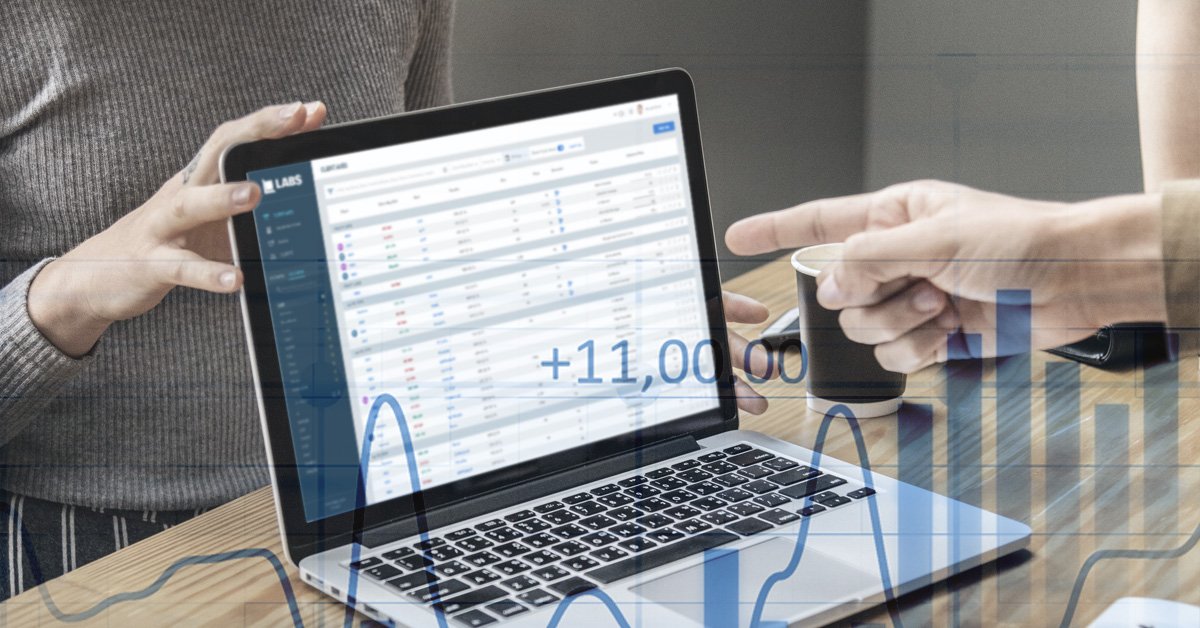
Learning from past mistakes: Electronification of loans markets
First published on TABB Forum.
Etrading Software Limited’s Managing Partner Grant Wilson discusses the electronification of the loan markets…
It is with a fair amount of confidence, it can be said, that up until recently the loans market has been operating in the dark ages. A recent Coalition Greenwich study shows that less than 2% of loan trading was done electronically over the past year, with the industry predominantly relying on Microsoft Excel and the macro. Over the past 20 years, however, we have seen the advent of electronic trading platforms in the bond market such as MarketAxess and Tradeweb, which bring efficiencies along the entire value chain of transaction processing. While on one hand this has evidently solved efficiency problems, it has left banks in an unfortunate position in which they are no longer in charge of their data or connectivity to their clients – and without data and connectivity, there runs a risk of the sell-side being disintermediated.
Automating the loans market
The debt capital market is considered huge in terms of notional value and risk attribute, yet it has trailed behind other areas of capital markets and is being invested in only very recently. “Our clients are spending too much time chasing each individual agent bank for confirming and reconciliation of what they actually own,” Alex Naboicheck, head of U.S. leveraged loan trading at Bank of America, told Bloomberg in an interview.
While some traders are reticent about technology removing them from the picture, the general consensus is that technology actually augments their role away from the mundane to bringing more value to the client. As a result, people are looking at ways to utilise current technologies to automate the manual processes.
MarketAxess and Tradeweb are the two biggest examples of trading platforms offering connectivity. But because these platforms stand in the middle of the trading relationship, dealers have ended up losing governance over their own data; neither do they have control of the protocols being used. Whilst it makes sense to introduce electronification and connectivity to their end client, it would nevertheless be better for banks if this proprietary data can be monetised for themselves, rather than for others. At the moment they have paid far too much for buying back their own data through the likes of information providers such as Markit.
The defensive play
In terms of ensuring banks own their own data and client relationships, the best defensive play they can have against these electronic trading platforms is to build their own technology. A strong governance model over data ownership needs to be deployed, ensuring information is methodically stored from both structured and unstructured sources, and can be efficiently retrieved. Control over the types of protocols being used also mitigates against an increase in fees that often occurs with other popular trading platforms.
Fortunately, there has recently been a slew of new platforms that have been developed to help the sell-side precisely with the problem of building tools and technology to automate workflows. These platforms include:
- Loan Ecosystem: Aiming to improve returns with a one-stop solution for the entire investment lifecycle, Loan Ecosystem provides loan syndication for institutional lenders allowing them to access originators and syndicators, find a loan, commit to purchase, and monitor through to post-close;
- LABS: The LABS system, by Etrading Software and Artis Holdings, automates and streamlines aspects of the sales and trading process by providing an aggregated database of client and trader positioning from disparate data points across the user’s firm and in-house trading systems to automatically facilitate the most efficient client targeting by the trading and sales teams. In addition, its upcoming WIC (Wanted in Competition) system will reduce BWIC (Bids Wanted in Competition) execution time by automating and streamlining aspects of the trading process and linking buy-side, dealers and originators of WICs via their existing systems and desktop;
- Instinct Loans: Since 2016, Bank of America Corp. (the largest underwriter of U.S. leveraged loans) has allowed customers to electronically trade corporate loans twice a day through its Instinct Loans product. Recently, however, is has been announced that the Instinct Loans product will be developed into Project Octopus (see below), along with Citigroup’s collateralized loan obligations (CLO)-BWIC platform;
- Project Octopus: Citigroup and Bank of America are currently building a new platform for executing fixed-income trades, focusing initially on the CLO market, providing a central place for trading desks to see data for structured credit and other underlying collateral markets;
- Bank consortium (name TBD): In a separate partnership, Bank of America Corp., Citigroup Inc., and JPMorgan Chase & Co. are developing a new platform for the $4 trillion syndicated loan market that would let lenders access data across their portfolio all in one place.
Take back control
Banks not only need to accept technology and use it in ways to empower their roles, they need to ensure they are not disintermediated in the process. This means taking back control of the data and client relationships. There are now tools out there for different parts of the lifecycle of the loan process built to specifically help the sell-side with this problem, from origination through secondary trading to operational aspects such as custodial and reference data.


No Comments